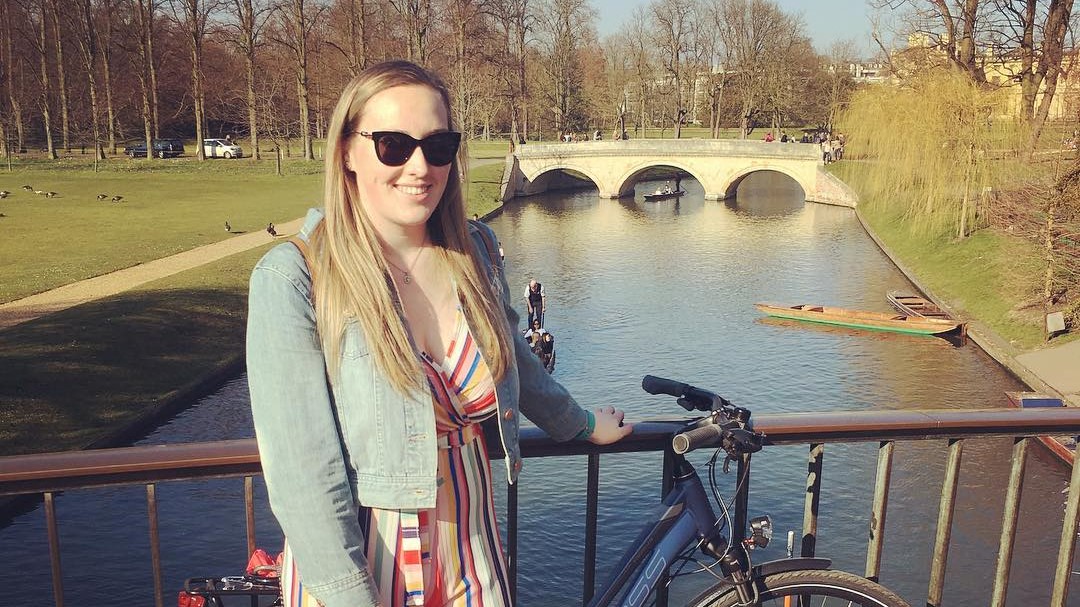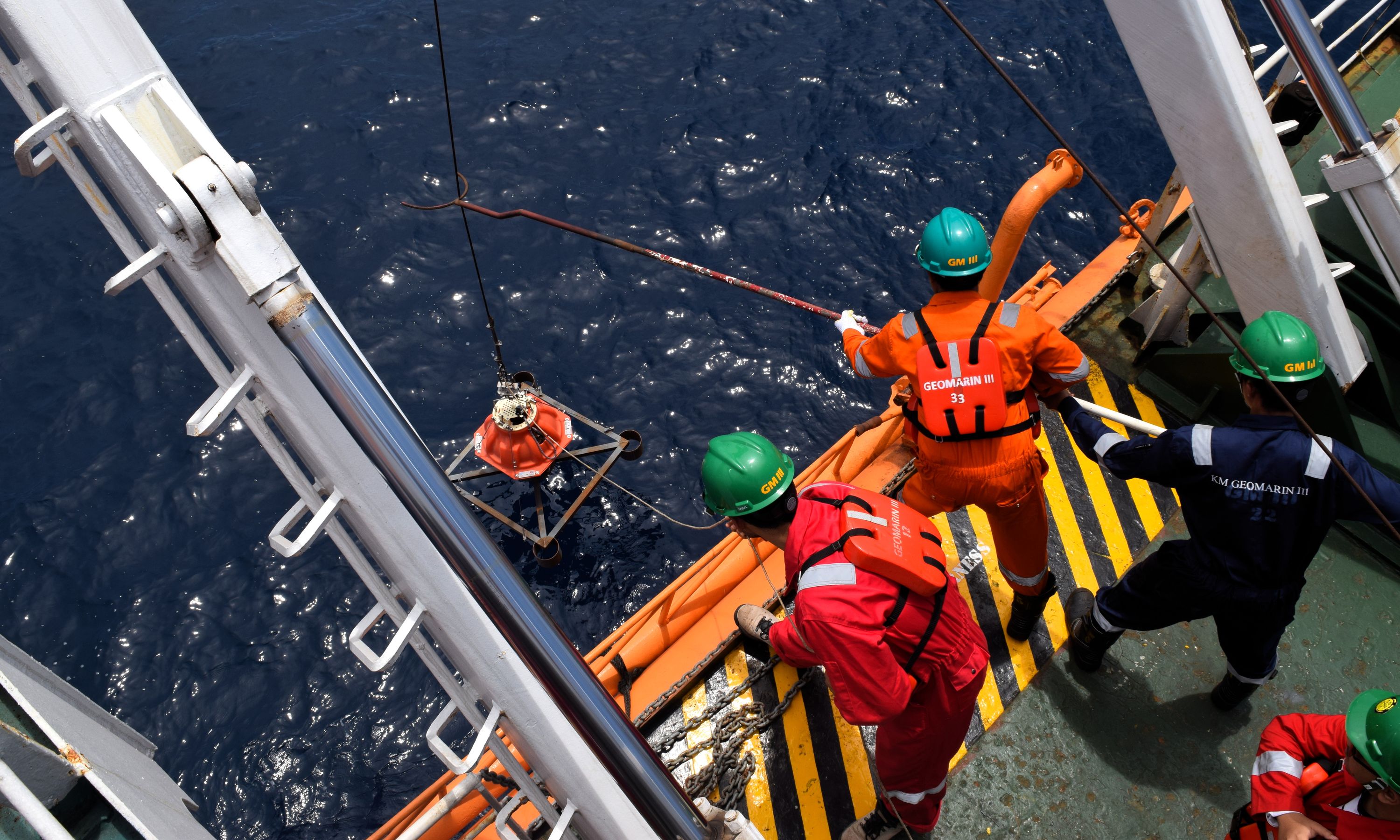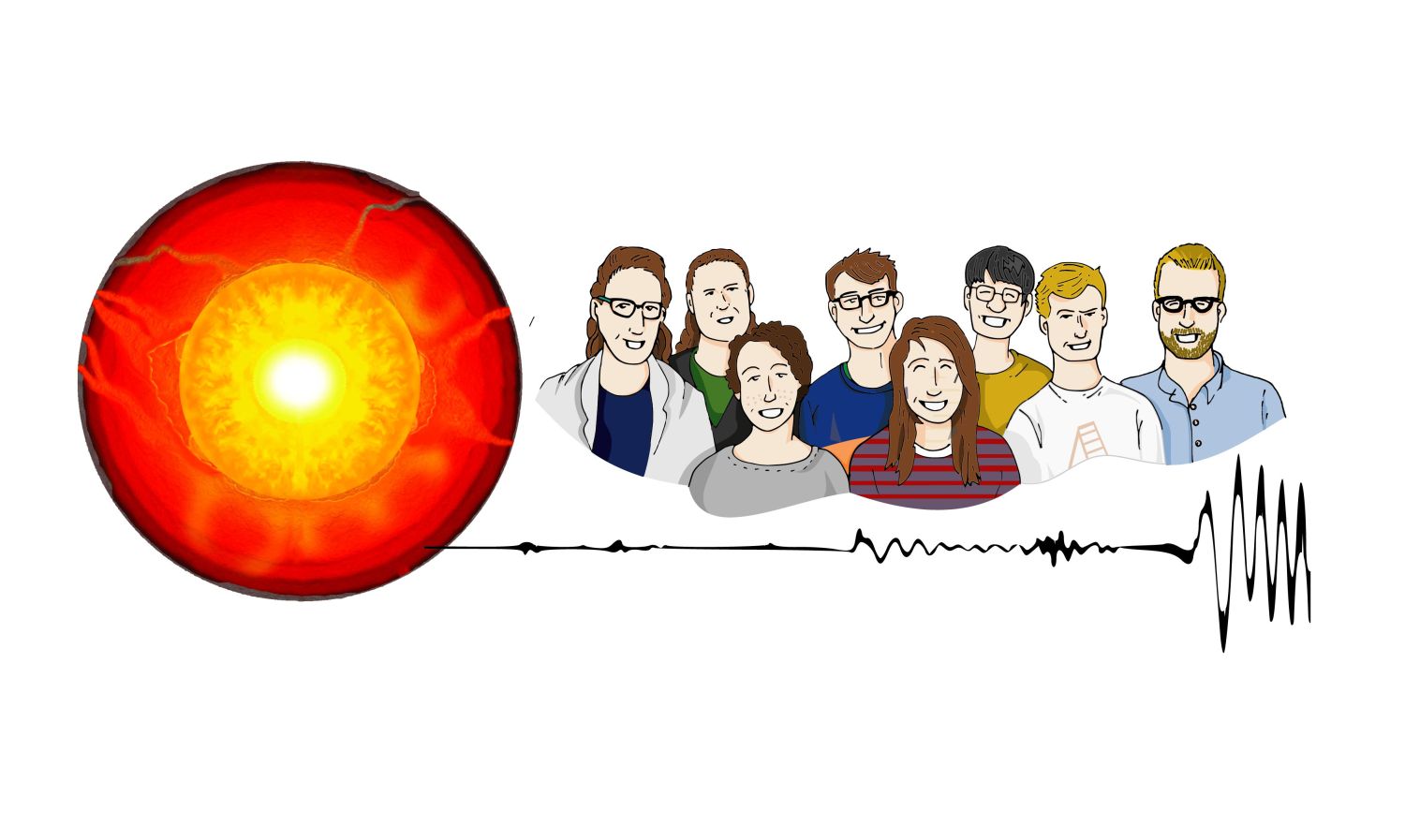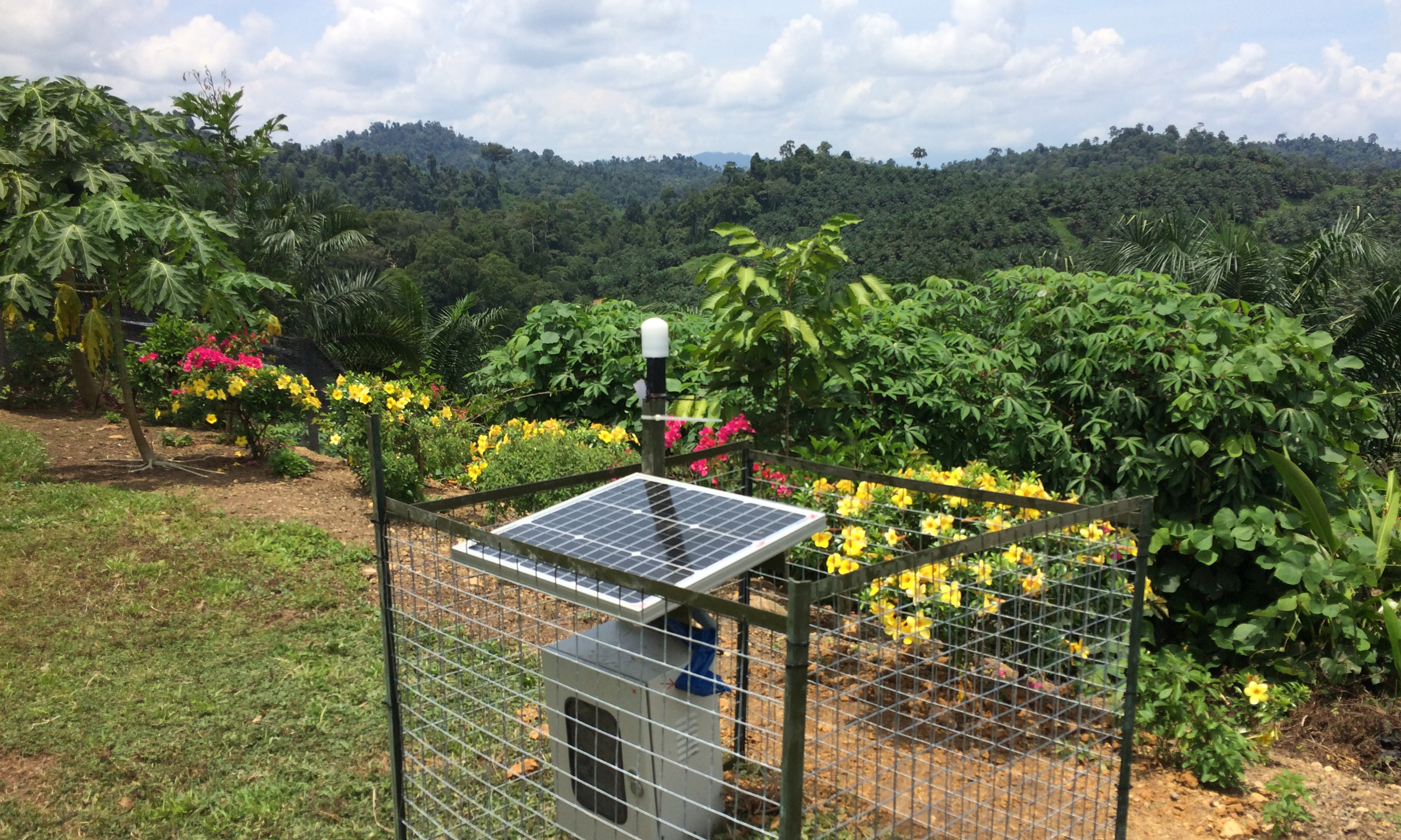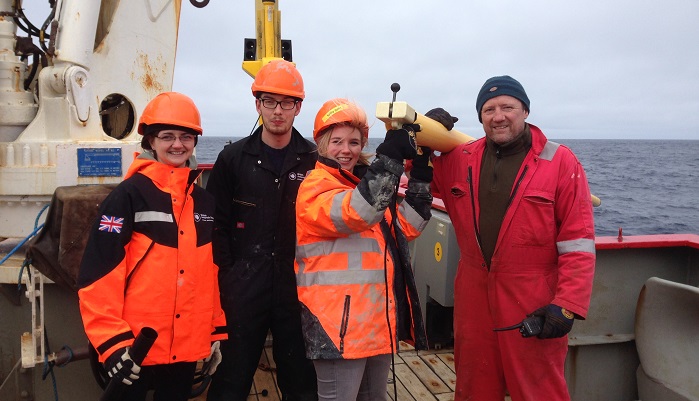Carol Williams, author of ‘Madingley Rise and Early Geophysics at Cambridge’ spent 25 years working as a researcher at Madingley Rise between 1965 and 1993. As part of our Hidden Department series, she delves into the history of The Stables.
Continue reading “Hidden Department: The Stables at Madingley Rise”Learning from earthquakes, protecting communities
A PhD student from our Department has recently answered a call to join an international mission to improve the understanding of earthquake impacts, response and recovery. Aisling O’Kane was selected as part of a team of volunteer engineers and academics investigating a destructive magnitude 7.0 earthquake and tsunami in the Aegean Sea. She was one of only two geologists selected for the mission and worked alongside structural engineers and response management experts.
Continue reading “Learning from earthquakes, protecting communities”Imaging of North-Sulawesi subduction in the Celebes Sea
How does subduction start? The answer to this question remains enigmatic and controversial. The process of subduction, which drives global plate tectonics and helps to shape the Earth as we know it, began as early as 4.1 Ga, but how the first subduction zone initiated remains unknown. Some have argued that the plate tectonic cycle was kick-started by spontaneous subduction at passive continental margins, yet such a phenomenon has thus far not been observed in a modern plate tectonic setting. Consequently, scientists have a very limited understanding of what mechanisms may initiate spontaneous subduction.
Continue reading “Imaging of North-Sulawesi subduction in the Celebes Sea”Deep Earth Explorers
In this blog post, Jess Bartlet answers questions about her experiences as a Public Engagement Coordinator within Dr Sanne Cottaar’s deep Earth research group. Together, they seek to unravel and expose the mysteries of the Earth, thousands of kilometres beneath our feet. Working with the Sedgwick Museum of Earth Sciences, Jess is developing a series of interactive exhibits and hands-on activities to plunge the general public deep into the Earth’s interior from March 2020.
Continue reading “Deep Earth Explorers”Deploying nBOSS: the North Borneo Orogeny Seismic Survey
Bye bye “Beast from the East”. We couldn’t have chosen a better time (and location!) for some fieldwork as we left behind an extreme cold snap that froze the UK and dumped fresh snow on Cambridge. In March a team of seismologists from the University of Cambridge and University of Aberdeen boarded a plane for Kota Kinabalu, the capital city of Sabah in North Borneo (Malaysia).
Continue reading “Deploying nBOSS: the North Borneo Orogeny Seismic Survey”
In conversation with Nick Rawlinson
Geophysicist Professor Nick Rawlinson recently moved to Cambridge to take up the BP McKenzie Chair in Earth Sciences. During a career in Australia and the UK he has specialised in observational and theoretical seismology. Nick discussed his life and work with Greg Palmer.
Adventures in Antarctica
During February 2015, I was lucky enough to participate in a research cruise off the west coast of the Antarctic Peninsula. For five weeks our family of geologists, geophysicists, oceanographers and crew collected data, mainly seismic and cores, on the James Clark Ross research vessel.
Lava adventures in Central Iceland
Since 2006, Professor Bob White has been operating a seismic network in the centre of the Icelandic highlands in order to understand how melt is distributed beneath the crust and hence how the crust is built. The volcano chosen is Askja, a spectacular composite volcano with 3 impressive, nested calderas. It last erupted in 1961 but its most spectacular eruption was a phreato-plininan eruption in 1875 which caused a mass exodus from NE Iceland. However, this summer, during a routine trip to download the data from the instruments it was side-lined by volcanic activity nearby.



